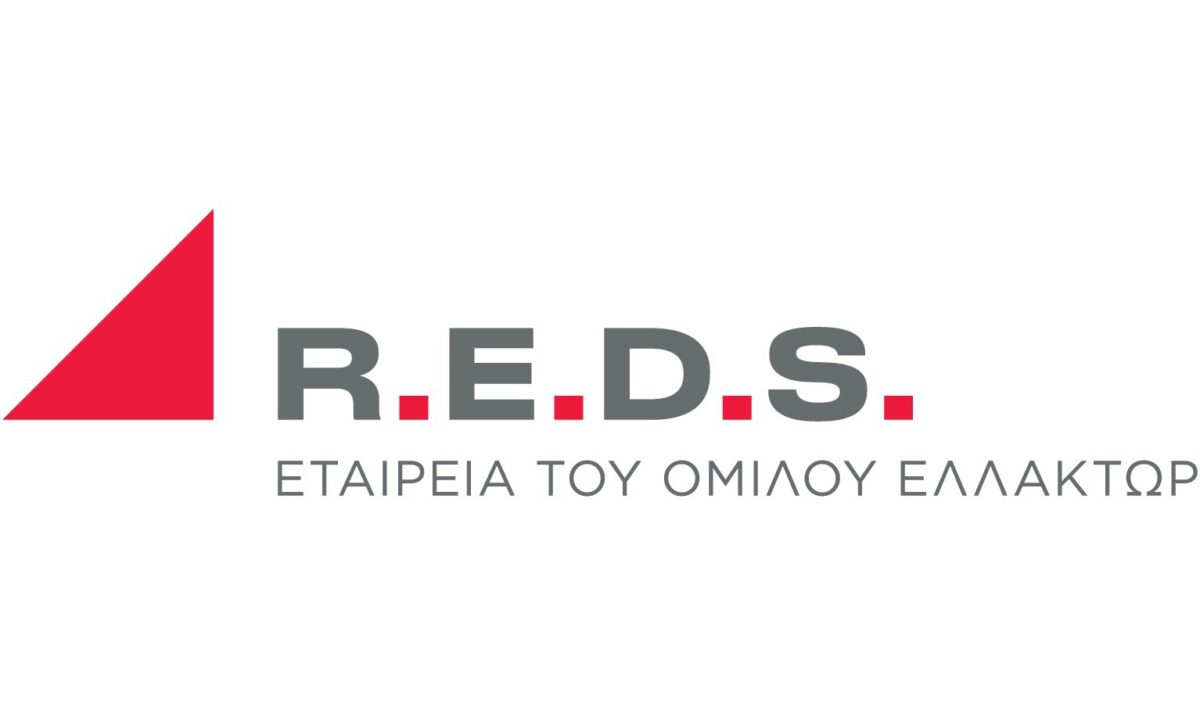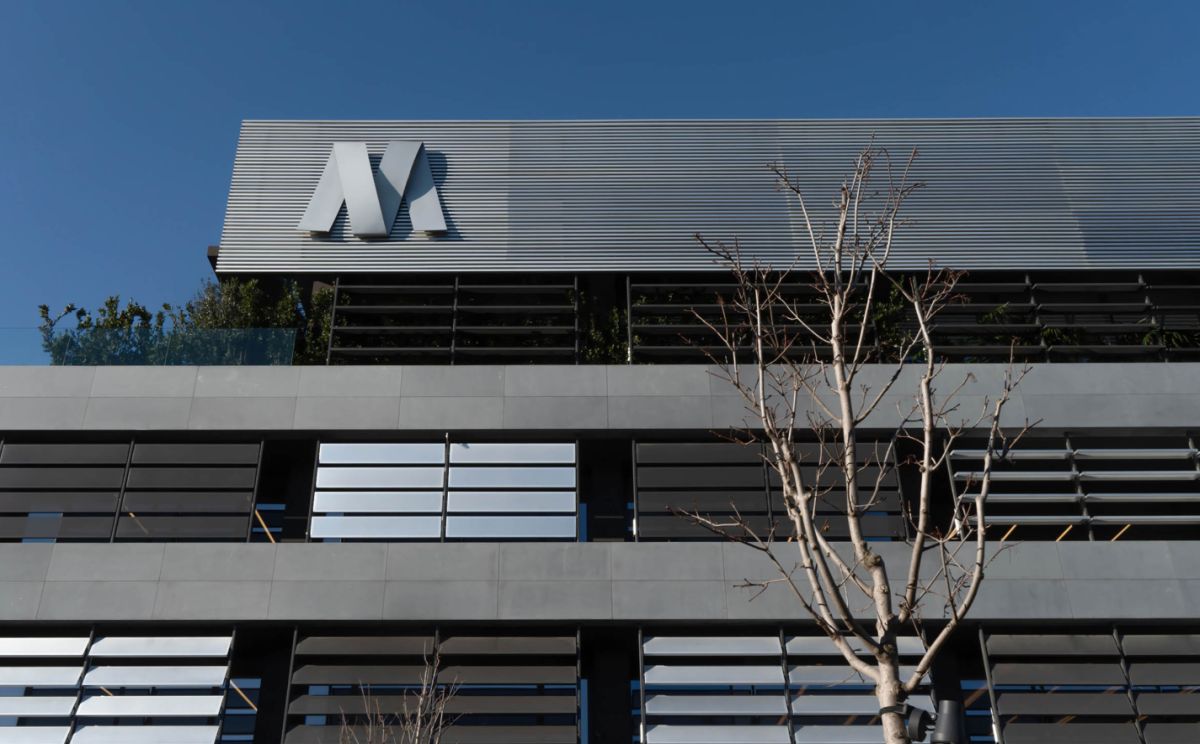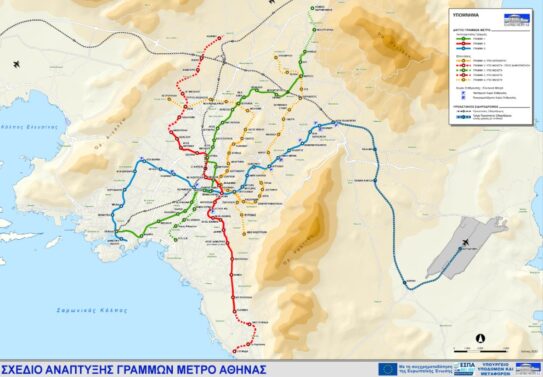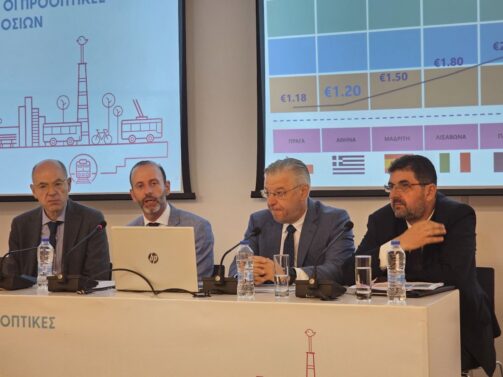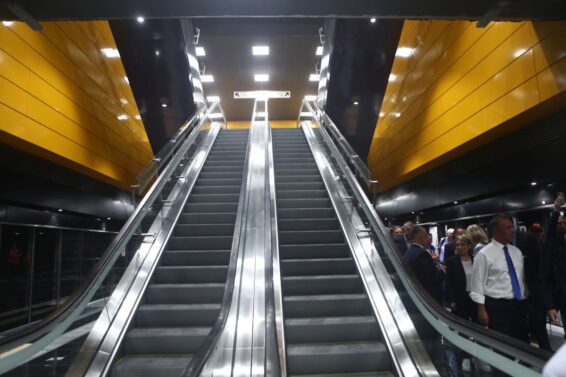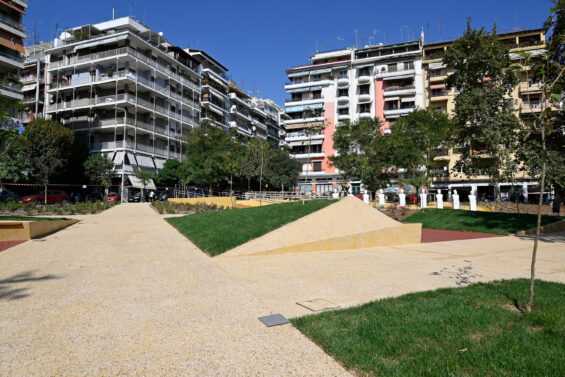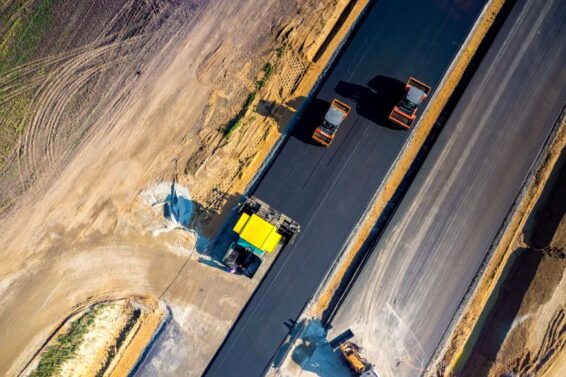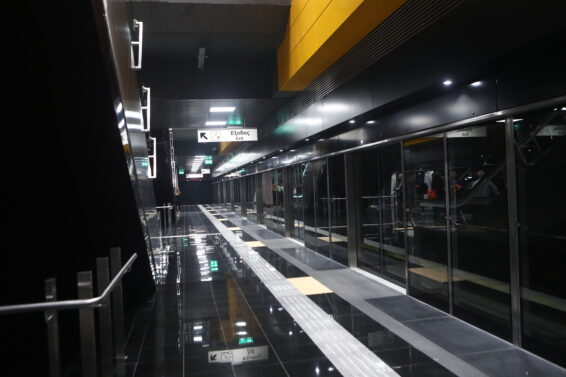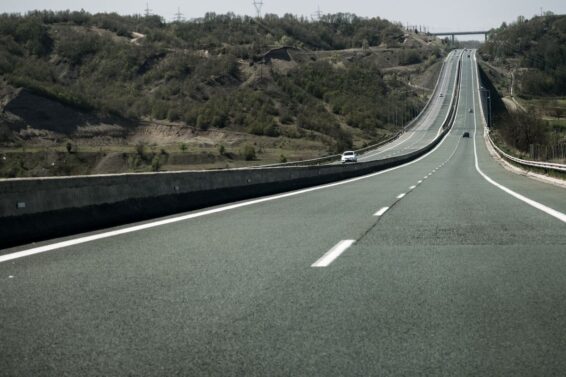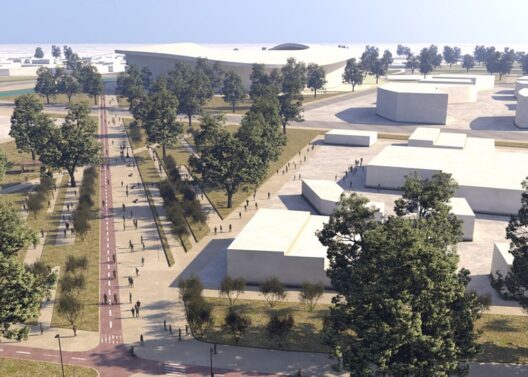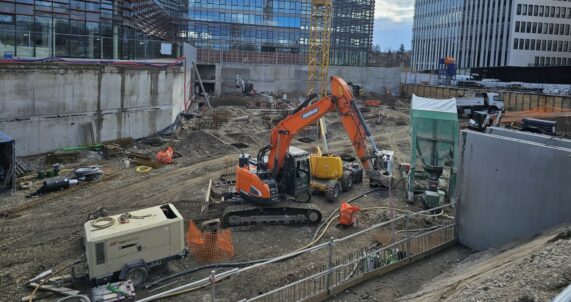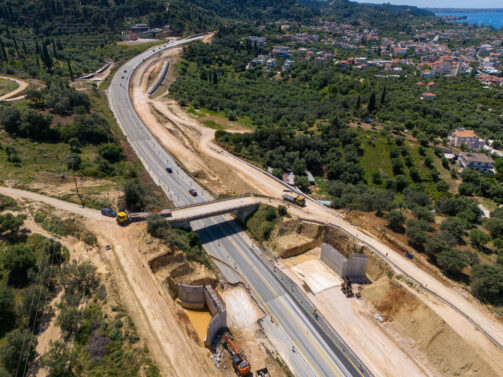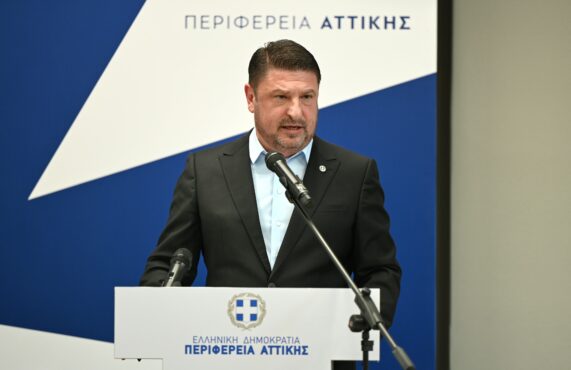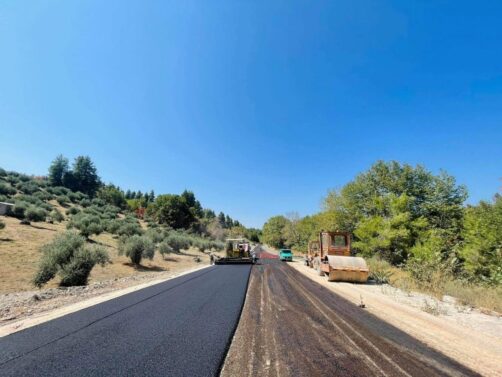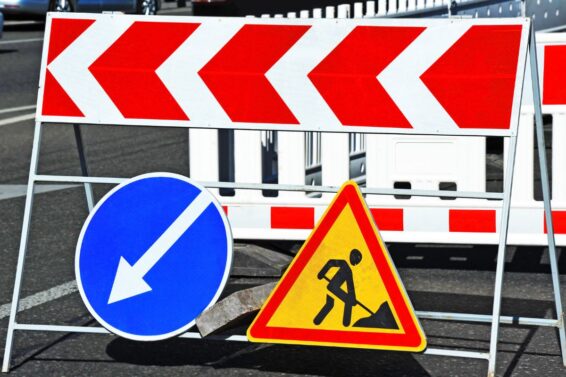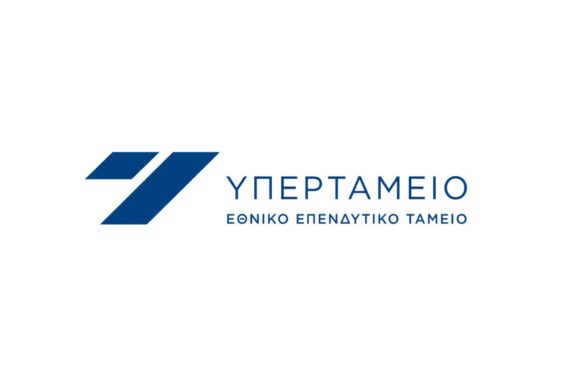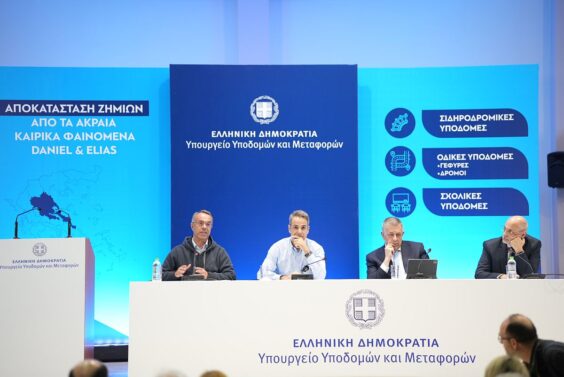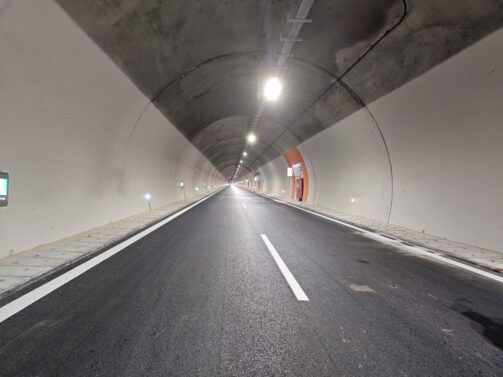Two large-scale port-related projects at a cost of 300 million euros are anticipated by the country’s constructions sector. These, of course, are the new Cruise Pier of Piraeus Port and the completion of the 6th Pier Thessaloniki’s Port. These are two “flagship” projects from the mandatory investments that must be done in the privatized ports and with their operation, they will certainly help to strengthen, even further, Greece’s position as a logistics and touristic hub in the region of East Mediterranean.
Piraeus, Attica
The project of the new Cruise Pier of Piraeus Port, has an estimated cost of 136.28mln euros. It has been funded by NSRF 2014-2020, and has been scheduled to be completed in about 3 years. Upon its operation, Piraeus Port will be enabled to service 4 new generation cruise ships, over 400 meters’ length each, at a time.
This project is believed to solve the problem of multiple cruise ships arrivals and will greatly increase the Port’s capacity, placing it at the “heart” of home-porting, given that a direct rail link to Athens International Airport has already been established.
Thessaloniki, Central Macedonia
The second major port-related project is the completion of the 6th Pier of Thessaloniki Port. With the completion of the project, Thessaloniki Port Authority SA is expected to increase its annual service capacity from 405,000 containers today to approximately 1.24 million containers.
Works are expected to last about 3 years and if the project starts in 2019, then it is estimated that it could be completed by 2022. Funding is provided by J/V SEGT’s, mandatory investment program, which is the new owner of ThPA SA.
If the plans remain the same, the western part of the Pier will be extended by 550 meters in length, 365 meters in width and 16 meters in depth, enabling larger container ships to approach the Port .
For the time being, the main strategic “disadvantage” of Thessaloniki Port is the capacity shortage, which is associated with certain qualitative features such as the absence of deeper quays with sufficient length for larger ships, proportionally large storage spaces (and more particularly container stacking) as well as modern, high performance mechanical equipment.
Nikos Karagiannis-ypodomes.com
ΜΗΝ ΞΕΧΑΣΕΤΕ
- Ακολουθήστε το ypodomes.com στο Google News και μάθετε πρώτοι όλες τις ειδήσεις για τις υποδομές στην Ελλάδα
- Αν είστε επαγγελματίας του κλάδου, ακολουθήστε μας στο LinkedIn
- Εγγραφείτε στο Ypodomes Web TV


